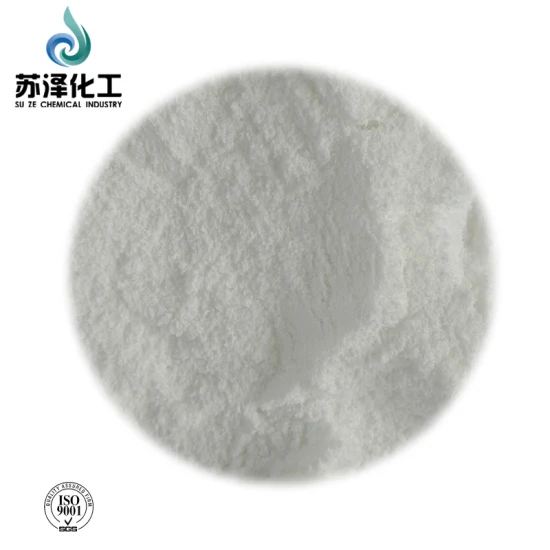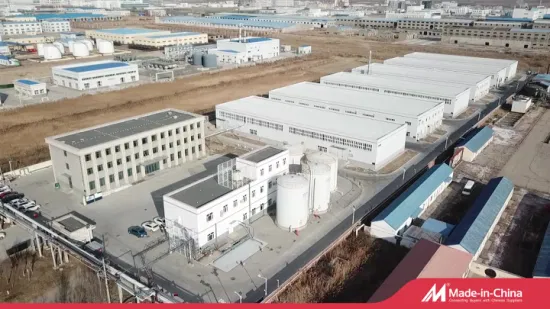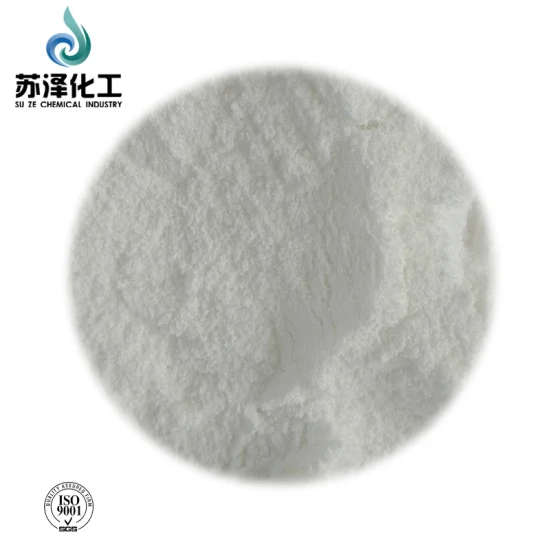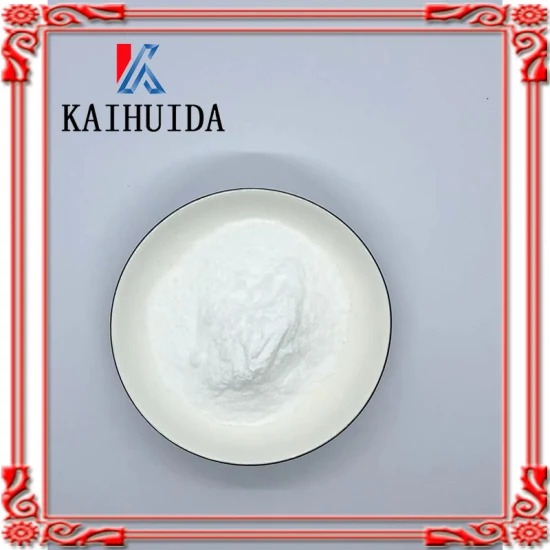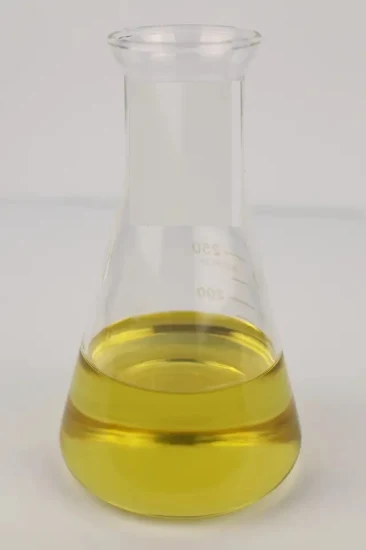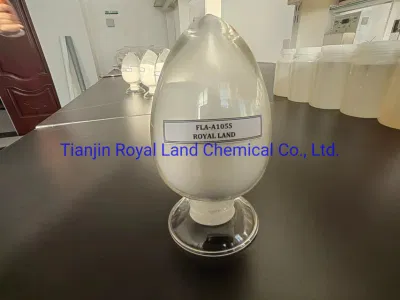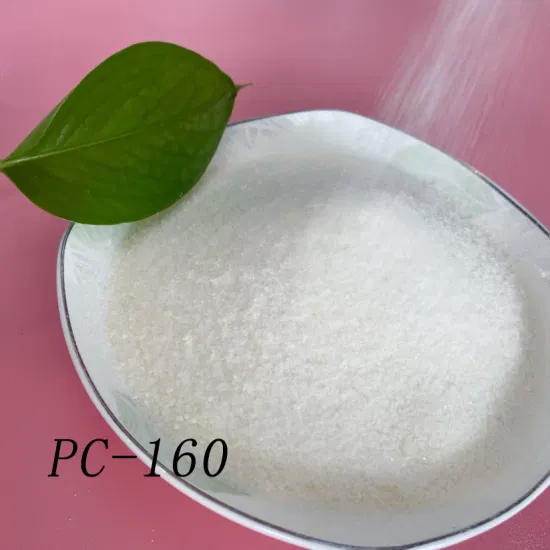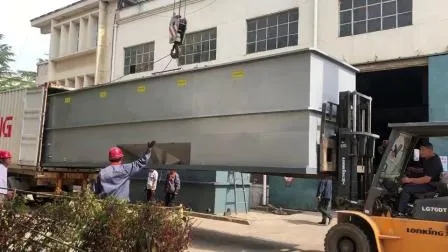
Electrocoagulation Tank System for Waste Water Treatment
Package Size 1200.00cm * 250.00cm * 220.00cm Package Gross Weight 10000.000kg ELECTROCOAGULATION WASTE WATER TREATMENT P
Send your inquiryDESCRIPTION
Basic Info.
| Model NO. | QD-EVU-20 |
| Method | Combined Treatment |
| Usage | Industrial, Agriculture, Hospital |
| Operation | Automatic |
| Application | Waste Water Treatment |
| Transport Package | Standard Shipping Package |
| Specification | based on the flow rate |
| Trademark | Spark |
| Origin | Qingdao China |
| HS Code | 8421219990 |
| Production Capacity | 200 Sets/Year |
Packaging & Delivery
Package Size 1200.00cm * 250.00cm * 220.00cm Package Gross Weight 10000.000kgProduct Description
ELECTROCOAGULATION WASTE WATER TREATMENT PLANTELECTROCOAGULATION SYSTEM INTRODUCTION
Electrocoagulation (EC), is a technique used for wastewater treatment, wash water treatment, industrial processed water, and medical treatment. Electrocoagulation has become a rapidly growing area of wastewater treatment due to its ability to remove contaminants that are generally more difficult to remove by filtration or chemical treatment systems, such as emulsified oil, total petroleum hydrocarbons, refractory organics, suspended solids, and heavy metals. There are many brands of electrocoagulation devices available and they can range in complexity from a simple anode and cathode to much more complex devices with control over electrode potentials, passivation, anode consumption, cell REDOX potentials as well as the introduction of ultrasonic sound, ultraviolet light and a range of gases and reactants to achieve so-called Advanced Oxidation Processes for refractory or recalcitrant organic substances.
ELECTROCOAGULATION SYSTEM WORKING PRICINPLE
Electrochemical reaction: Fe→Fe2++2e
Anodizing reaction: 2OH-→2[O]+2e→02+2e, The nascent oxygen [O] has the same strong oxidation function as UV, H2O2 and O3.
Cathode reduction: 2H++2e→2[H]→H2, nascent hydrogen can break bonds, COD, chromophore functional groups and multi-chain health.
The above oxidation and reduction functions occur continuously on the plates.
ELECTROCOAGULATION SYSTEM IN WORKING PROCESSADVANTAGES
- EC requires simple equipment and is easy to operate with sufficient operational latitude to handle most problems encountered on running.
- Wastewater treated by EC gives palatable, clear, colorless and odorless water.
- Sludge formed by EC tends to be readily settable and easy to de-water, compared to conventional alum or ferric hydroxide sludges, because the mainly metallic oxides/hydroxides have no residual charge.
- Flocs formed by EC are similar to chemical floc, except that EC floc tends to be much larger, contains less bound water, is acid-resistant and more stable, and therefore, can be separated faster by filtration.
- EC can produce effluent with less TDS content as compared with chemical treatments, particularly if the metal ions can be precipitated as either hydroxides or carbonates (such as magnesium and calcium. EC generally has little if any impact on sodium and potassium ions in solution.
- The EC process has the advantage of removing the smallest colloidal particles, because the applied electric field neutralises any residual charge, thereby facilitating the coagulation.
- The EC process generally avoids excessive use of chemicals and so there is reduced requirement to neutralize excess chemicals and less possibility of secondary pollution caused by chemical substances added at high concentration as when chemical coagulation of wastewater is used.
- The gas bubbles produced during electrolysis can conveniently carry the pollutant components to the top of the solution where it can be more easily concentrated, collected and removed by a motorised skimmer.
- The electrolytic processes in the EC cell are controlled electrically and with no moving parts, thus requiring less maintenance.
- Dosing incoming waste water with sodium hypochlorite assists reduction of biochemical oxygen demand (BOD) and consequent chemical oxygen demand (COD) although this should be avoided for wastewater containing high levels of organic compounds or dissolved ammonia (NH4+) due to formation of trihalogenated methanes (THMs) or other chlorinated organics. Sodium hypochlorite can be generated electrolytically in an E cell using platinum and similar inert electrodes or by using external electrochlorinators.
- Due to the excellent EC removal of suspended solids and the simplicity of the EC operation, tests conducted for the U.S. Office of Naval Research concluded that the most promising application of EC in a membrane system was found to be as pretreatment to a multi-membrane system of UF/RO or microfiltration/reverse osmosis (MF/RO). In this function the EC provides protection of the low-pressure membrane that is more general than that provided by chemical coagulation and more effective. EC is very effective at removing a number of membrane fouling species (such as silica, alkaline earth metal hydroxides and transition group metals) as well as removing many species that chemical coagulation alone cannot remove.
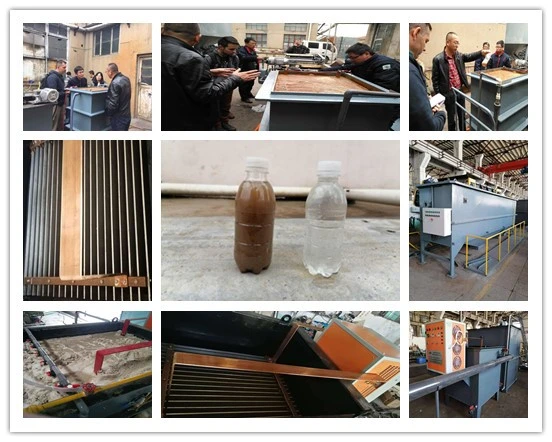
CERTIFICATESBE FREE TO CONTACT NICK



